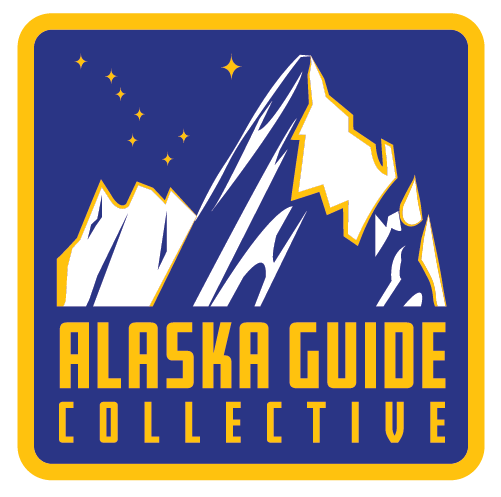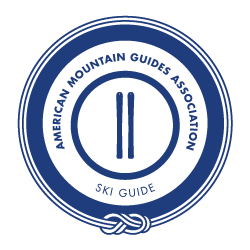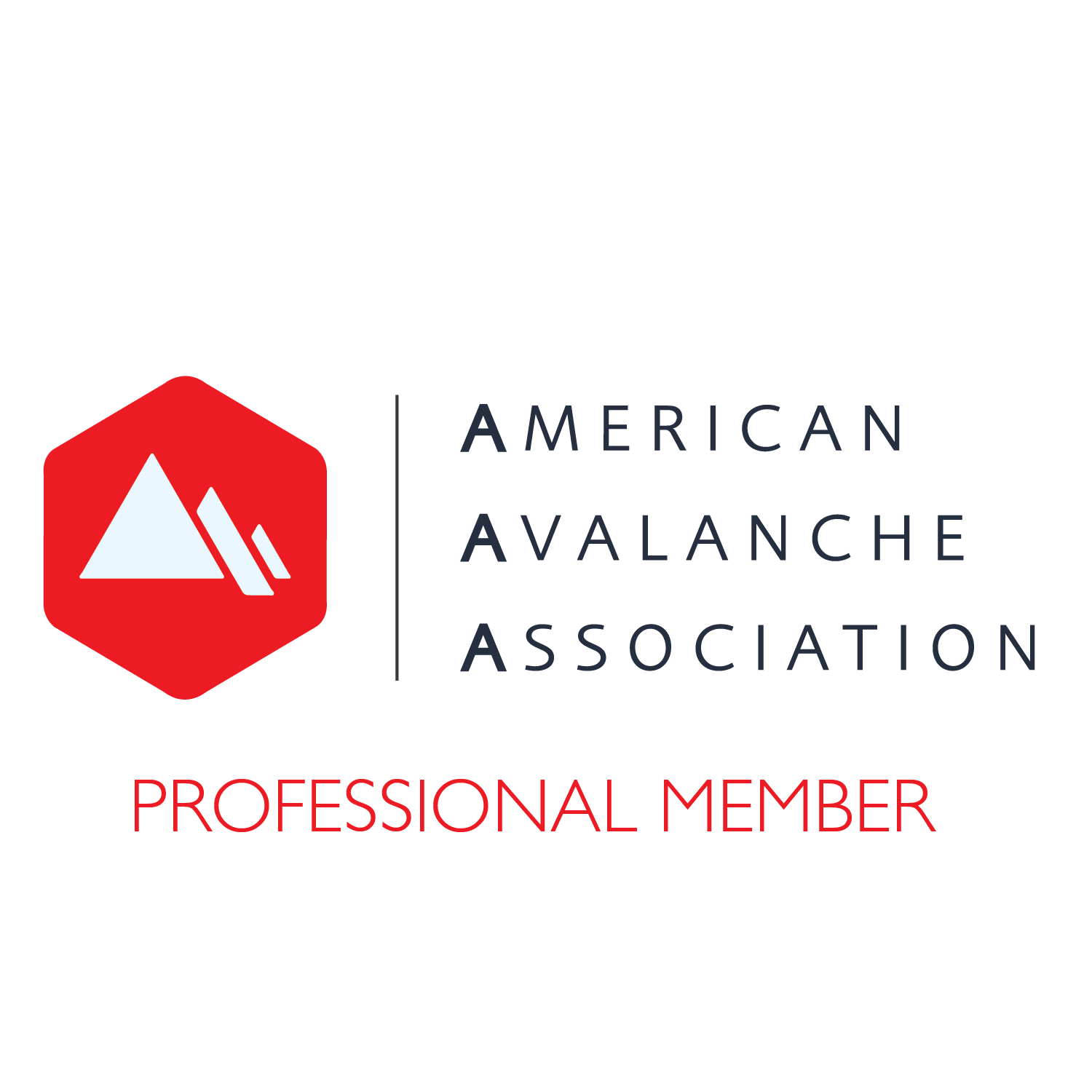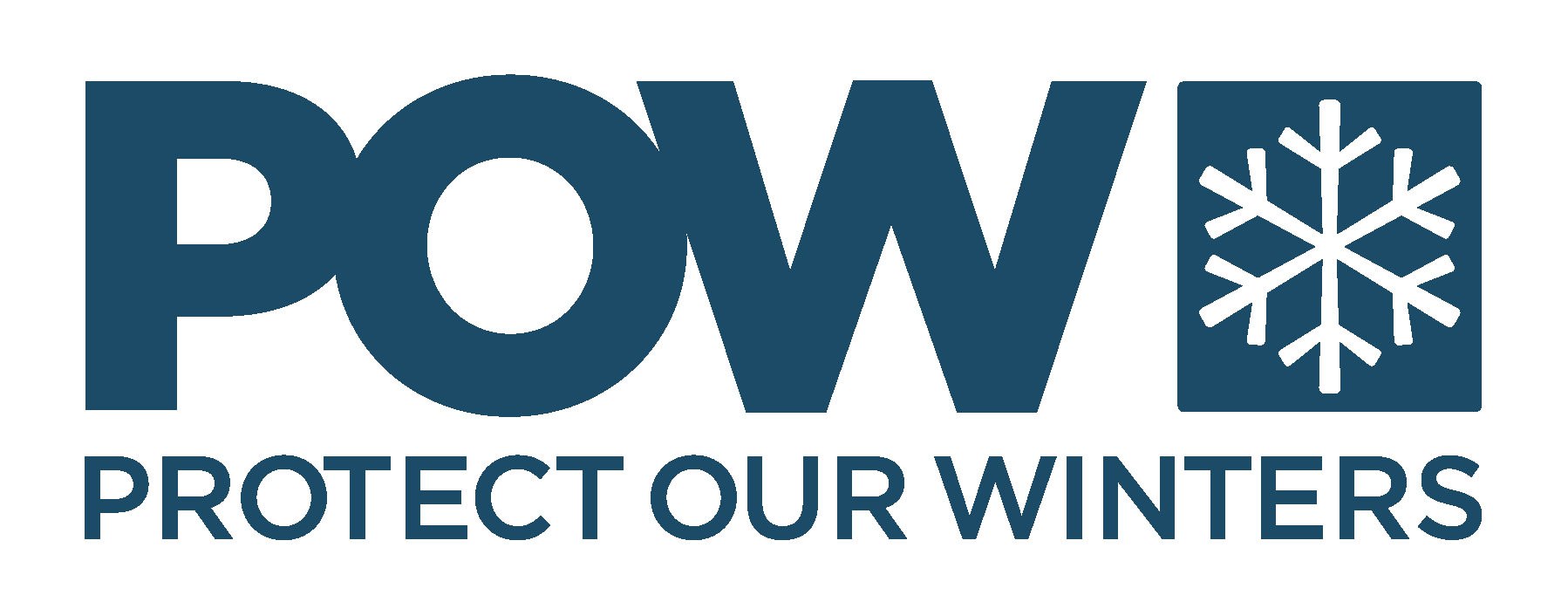Last weekend I went down to work with Kodiak Island Search and Rescue (KISAR). This trip was through the Alaska Avalanche School. Good weather with a great group of folks. Here is what we did.
Day one: Getting the wheeled litter out to the beach bluff in the super green mossy forest Kodiak, Alaska is known for.
We spent some time finding a good location to set up our practice scenarios. This one worked well and had a good view.
Radios with mic's make for good communication - good communication make solid rescue teams.
Something new for me and the team was trying out dirt anchors. By driving 1 inch steal stakes into the ground connected in line in a particular way proved to hold our rescue loads no problem. Nick K. and John S. here managing the lowering of a rescuer to receive a patient who "fell off the bluff." The unweighted orange line is our burly backup anchor to two large trees. Lots of areas on Kodiak don't have any trees and the rock is often useless for building anchors. Learning these dirt anchors could be key to future KISAR missions.
Securing the patient with an improvised harness and getting them into the system.
The team on top hauling the patient and assistant up the bluff. The entire load is on the dirt anchor, backed up with the orange static line. I would want some more time building these dirt anchors in different ground types before I would trust it by itself. However of the three we built over the weekend they showed no sign of failing.
More hauling with an edge attendant for proper communication.
We did another scenario using the litter. More work to get the patient in but nice when being hauled up.
Then we transferred the litter into a wheeled litter, all pretty smooth and fast work.
Like you would have to do in real life we got the "patient" back to the trailhead. Instead of a person we loaded a bunch of packs and the group gear to take out, which was about the weight of a small person. A belay line was used on steep sections of the trail.
Day two: Up on Pyramid Peak for practice on the snow. We hauled up a patient who had fallen down a steep gully, unable to self rescue.
Once on lower angle terrain the patient was transferred off the anchor and a traverse was made backed up by a hip belay just in case.
After traversing the team made quick work of getting the patient down the snow, rope length after rope length and all the way down the mountain...
I thought it would be good practice to get a patient all the way back to the road system. Turns out the SKED sled device work really well across grass, mud, bushes and the occasional rocks. Until now I have only used these on snow. It's easy to practice short transports and say "ok we did it." I wanted to see the whole thing, just like it would be in a real rescue. Practice for real and it will be that much easier when it is for real.
Lots of Voile skis! Including myself there were 4 out of the 6 of us that had Voile's. The scaled "BC" versions are a favorite among the locals for spring skiing on Kodiak.
Kodiak Island powers its grid on 100% renewable energy, a great example how other places could do it too. Nice sunset taken with my iPhone and a little editing. Wish I had my new camera, I've still got a lot to learn about photography. See you next time Kodiak, thanks to KISAR it's always been a pleasure!
